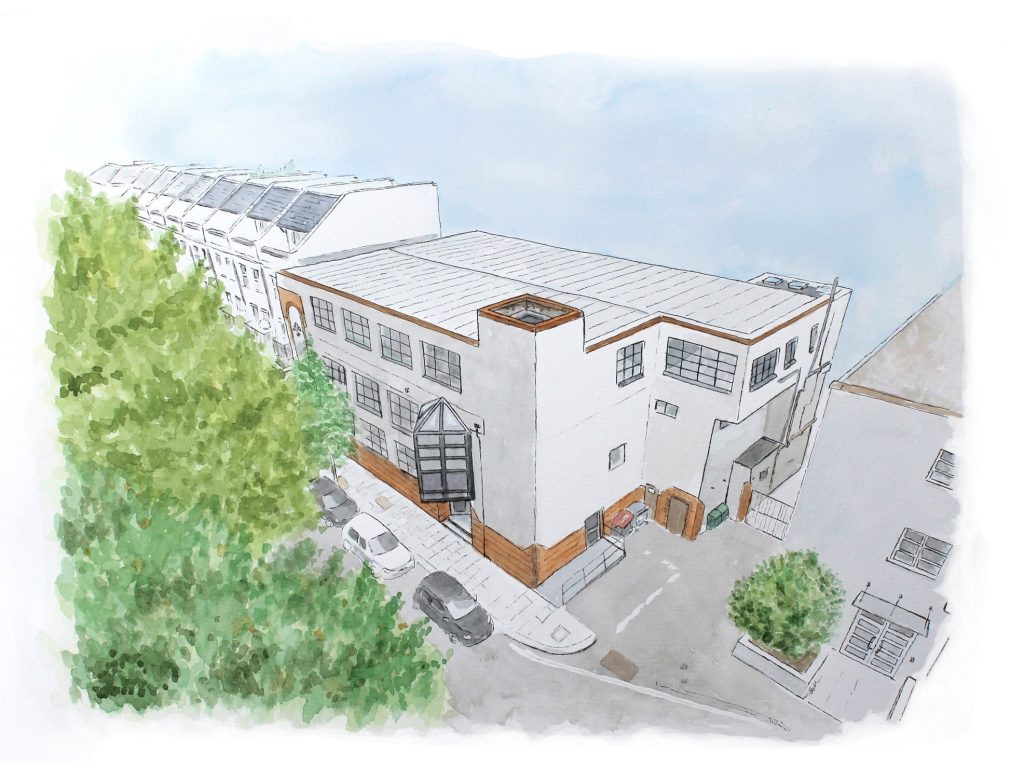Edexcel Maths A Level builds on the content you will have seen from GCSE, looking at more complex concepts in areas you are familiar with such as trigonometry, quadratic equations and geometry. You will also learn lots of new content such as calculus, differentiation and integration. So if you have loved Maths up to now, there’s a whole new world of problem solving to explore!
What prior qualifications are required?
Students who have a 7 or above in GCSE Mathematics will be considered for the course.
How is the course structured?
The course is separated into two component areas: Core content, and Applied Content. These are extensively linked so you will cover the core content required for you to be able to learn the Applied content first. The core content will be an extension of Maths you will have seen before in your education, lots of work with trigonometry, geometry, solving quadratics initially, before you learn content such as exponentials, differentiation and integration. In your second year you will build upon these in more complex areas, and also look at other areas such as series, binomial expansions. The core content is separated into the following topics:
- Topic 1 – Proof
- Topic 2 – Algebra and functions
- Topic 3 – Coordinate geometry in the (x, y) plane
- Topic 4 – Sequences and series
- Topic 5 – Trigonometry
- Topic 6 – Exponentials and logarithms
- Topic 7 – Differentiation
- Topic 8 – Integration
- Topic 9 – Numerical methods
- Topic 10 – Vectors
The applied content looks at both statistics and Mechanics. Statistics builds upon some you may have seen before like averages and spread, and probability. Mechanics may be familiar to you if you are also completing A Level Physics, looking at forces, accelerations, but applying them to different systems such as slopes and pulleys. The applied content is separated into the following topics:
Section A:
Statistics
- Topic 1 – Statistical sampling
- Topic 2 – Data presentation and interpretation
- Topic 3 – Probability
- Topic 4 – Statistical distributions
- Topic 5 – Statistical hypothesis testing
Section B: Mechanics
- Topic 6 – Quantities and units in mechanics
- Topic 7 – Kinematics
- Topic 8 – Forces and Newton’s laws
- Topic 9 – Moments
How is the course assessed?
You will be assessed during three papers at the end of the two year course. Two papers focus on the core content and one paper on the Applied (Statistics and Mechanics) content you will have learnt over the two years. Each paper has equal weighting and is 2 hours each. Calculators are permitted in all papers and you are provided with an extensive formula book that you will have been made familiar with over the course,


